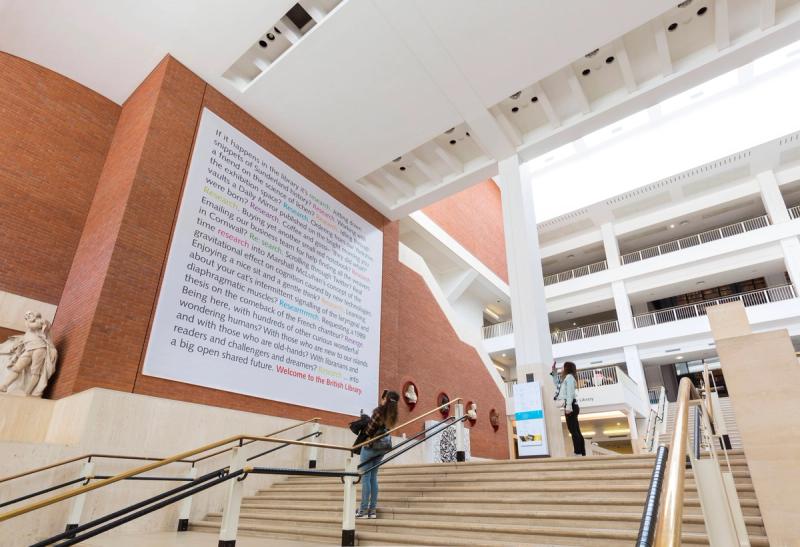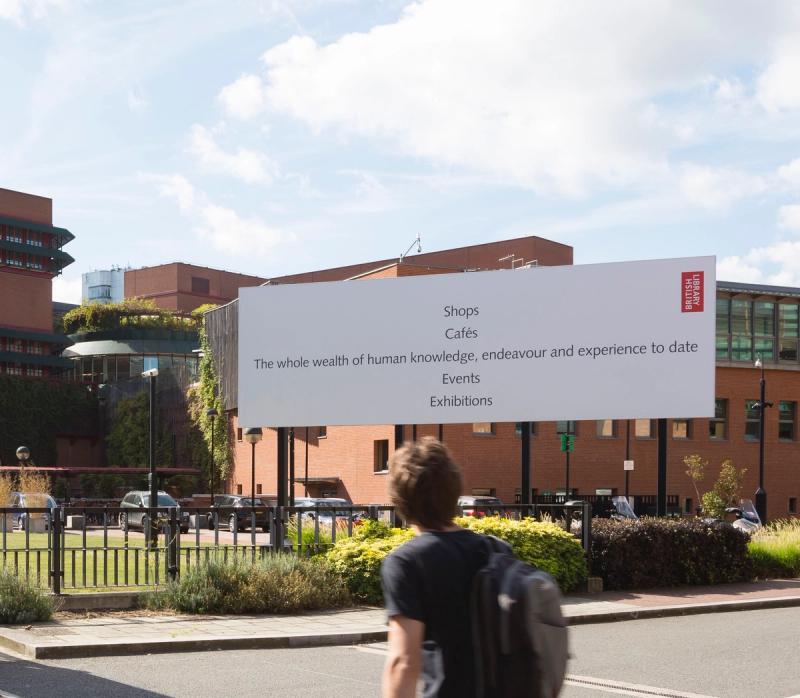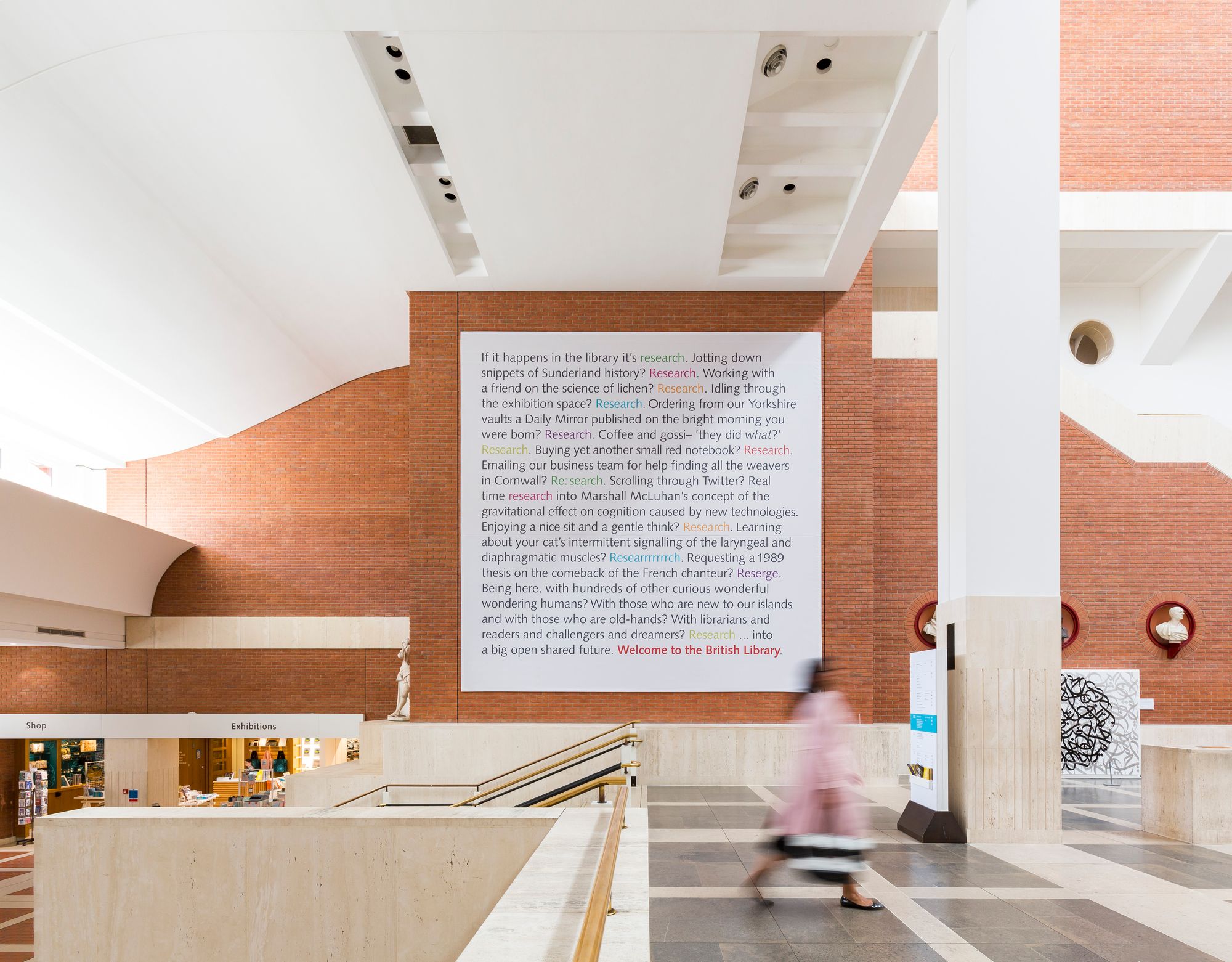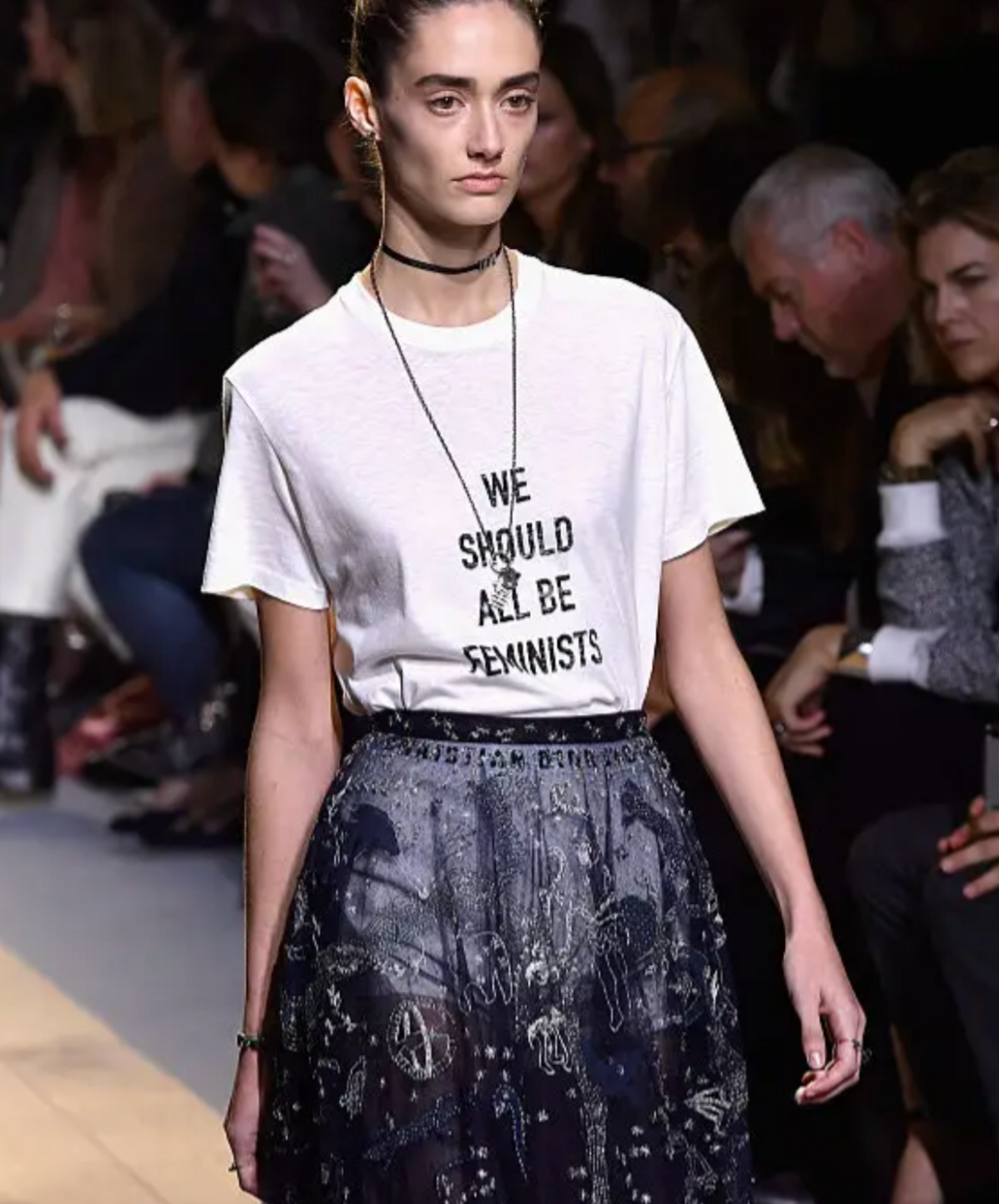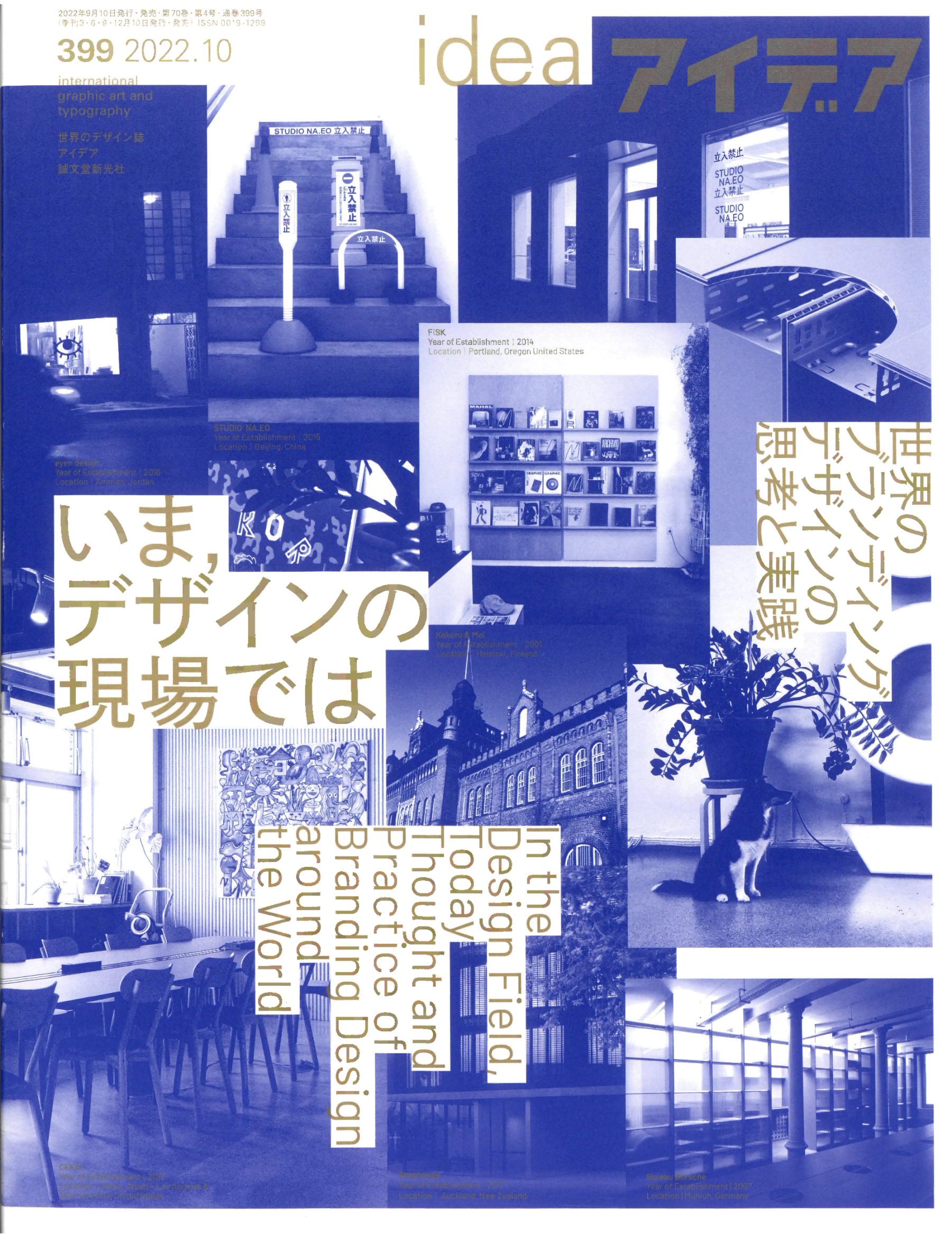Thomas Sharp is more than a writer. He’s a poet, creative director, artist and studio founder. But, even more than that, he’s human. Thomas writes about love, life and shared humanity, taking influence from the Romantics. Using billboards, books and beer cans as his canvas, he won eight D&AD awards in 2020 – not bad for a one-man studio.
No matter whether he’s penning ads for Politico, the London Fire Brigade, Cubitts or Design Museum, Thomas crafts playful copy that lands neatly in people’s left chest pockets – it gets to the heart of the matter and stays with you for some time after, nestled up with warmth. This more personable approach to branding is helping Thomas’s clients connect better with consumers – instilling a sense of realness, rapport and tactility, something that has never been so needed.
You’re reading What Writing Can Do, with Thomas Sharp – an in-depth discussion about love, language, good design and the power of combining all three.
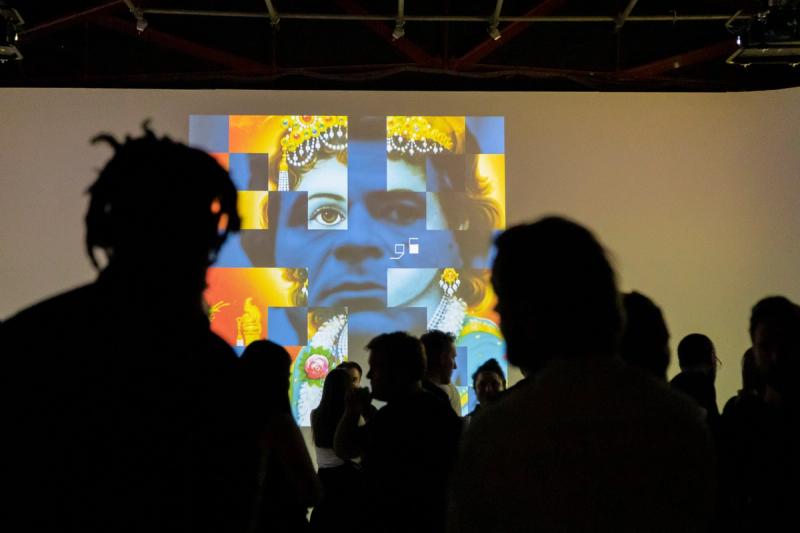

- Cecilia DinwoodieI’m a big believer that our surroundings influence us daily, and I believe skills like writing develop from a very young age from all kinds of environmental influences. With this thought in mind, can you tell me about yourself, your life growing up, and how this might have influenced your writing style and who you are now?
Thomas SharpI grew up in a village in the English West Midlands, which was relatively remote, and I suppose quite isolating – but also full of stimulus. My mother didn't drive, and my father was away at work a lot, so I would sort of create my own world. I became very focused on the inner, and I became interested in roaming the village. A lot of my more artistic writing is absolutely to do with the lands and fields, and the changing of seasons and the rhythms of life. And my imagination in people was also inspired by my environment, since villages are quite gossipy. Behind every door, there are joyous lives and sad lives and terrible lives and secrets, and I’ve always found that quite fascinating. As a result, I've always worked for myself, due to this strong desire to walk my own path. I write because I want to create my own world and stories – and I’m a Romantic, which is a central theme that comes across in almost everything I do.
“It's all about love, isn't it? And finding a new framework and language to express that.”
Thomas Sharp
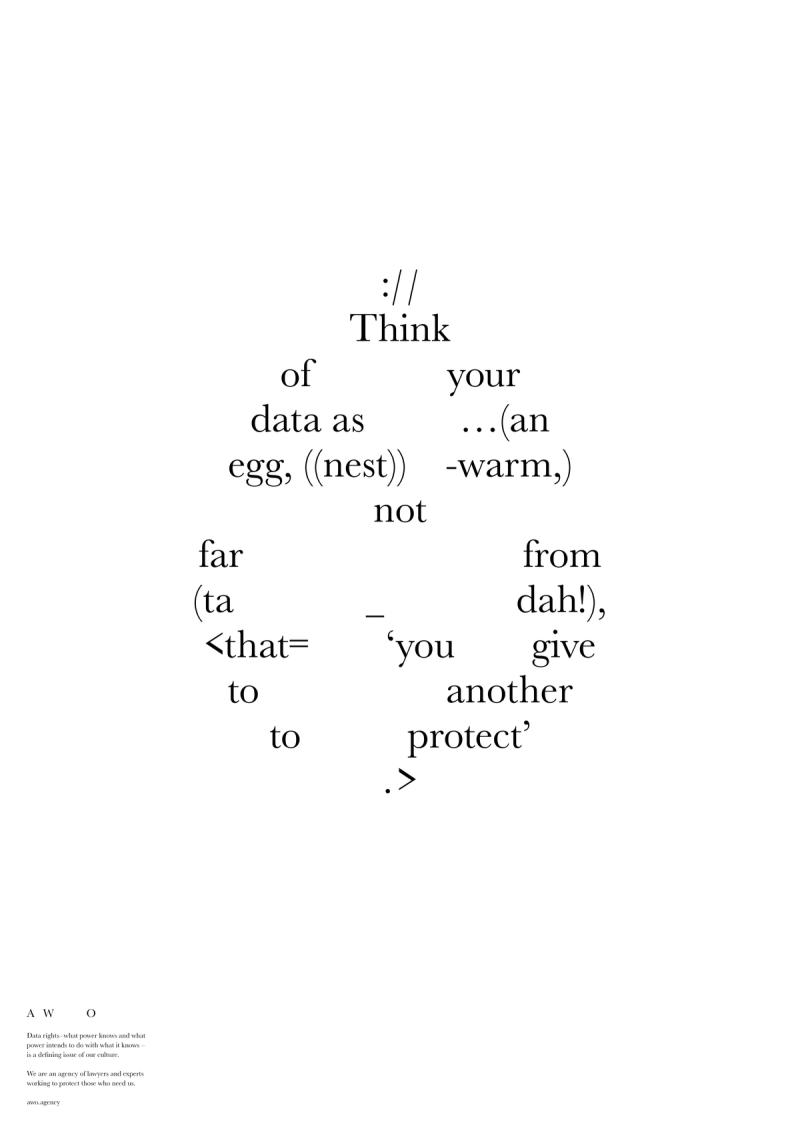

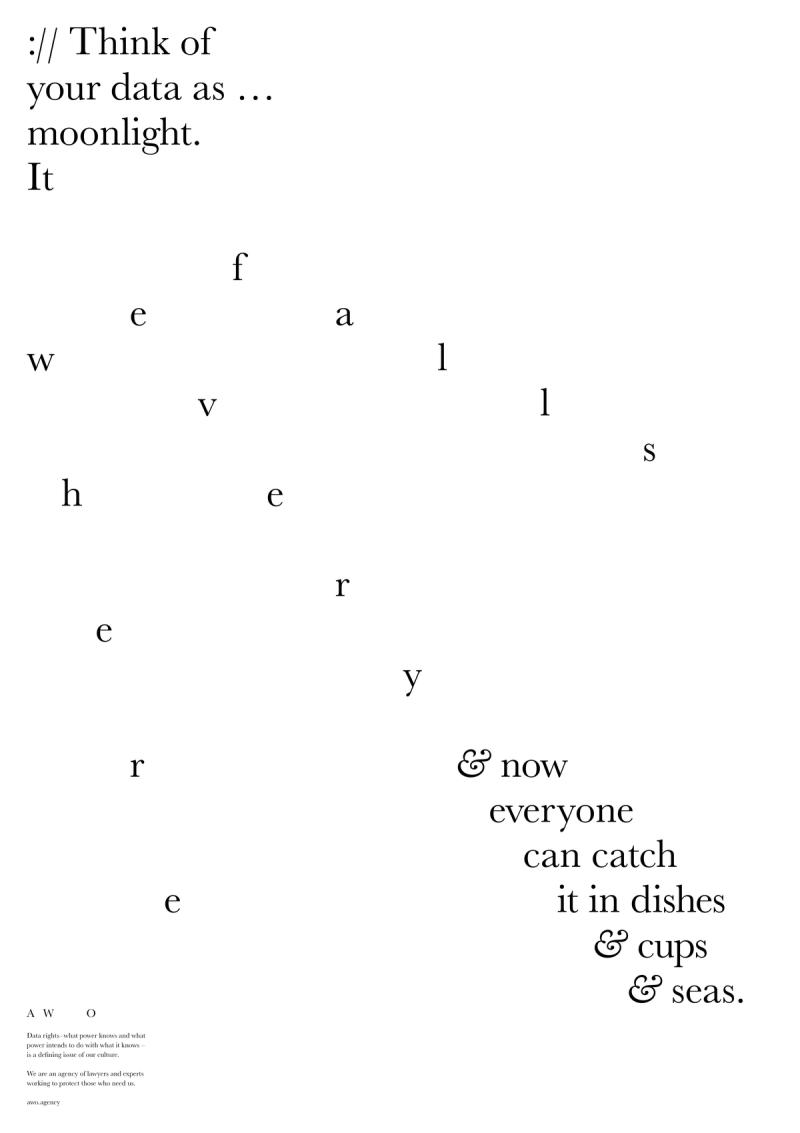
- CDIs your personal writing style something that is ever-evolving, or would you say it’s quite set-in-stone these days?
TSEver-evolving, definitely. Every piece of art and every song is expressing the same thing in life, if you think about it. It’s all about humanity and love and death – and finding a new framework and a new language to express that each time. I’m constantly challenging myself to find a new way to play with words, and this remains the case for all of my work – both my artistic stuff and commercial.
- CDIs there a type of client that is suited to you and one that isn’t, or would you say you can write for almost anyone?
TSWell, most of my clients come to me because of my attitude, my personality and what I like to write about, rather than my writing style, because style can always be changed. So, if I'm working on a commercial project, that's brilliant. And if I'm working on an artistic project, that's brilliant. But, actually, I don't see them as massively different. It's the same thought process either way.
- CDCan you remember the moment you realised you had enough skill, flair and creativity to make a living from your writing? What was that moment like?
TSI do, it was in 2014. I got introduced to the Chairman of the English National Ballet, Justin Bickle, and the Prima Ballerina of the Royal Ballet, Tamara Rojo, who had just taken over as Artistic Director. She was the youngest person and first ever female to take on this role, so it was an exciting time for her and the Ballet. I didn't really know much about ballet dancing, but felt inspired by the beauty and warmth of Tamara’s words, as she spoke about what it means to be a dancer – and, so, on my way home, I wrote out a manifesto for the Ballet, and the next day sent it over. Tamara and Justin loved it, and it ended up being this big thing that the brand would then be built around. Up until then, I felt that I had treated my commercial writing as something that was almost mechanical… But this was different. Listening to Tamara, a fantastically creative person, rhapsodise about dancing, and to then take her words away, a little bit drunk, translate them into this piece of writing, sell it back and for them to go, “Oh, my God. This is fantastic…” I was like, “Okay, that's how to do it.” In a way, I've been writing the same piece over-and-over again since, because all of my writing is about people loving each other, and people coming together. But, it took that moment to kind of unlock that, I think.
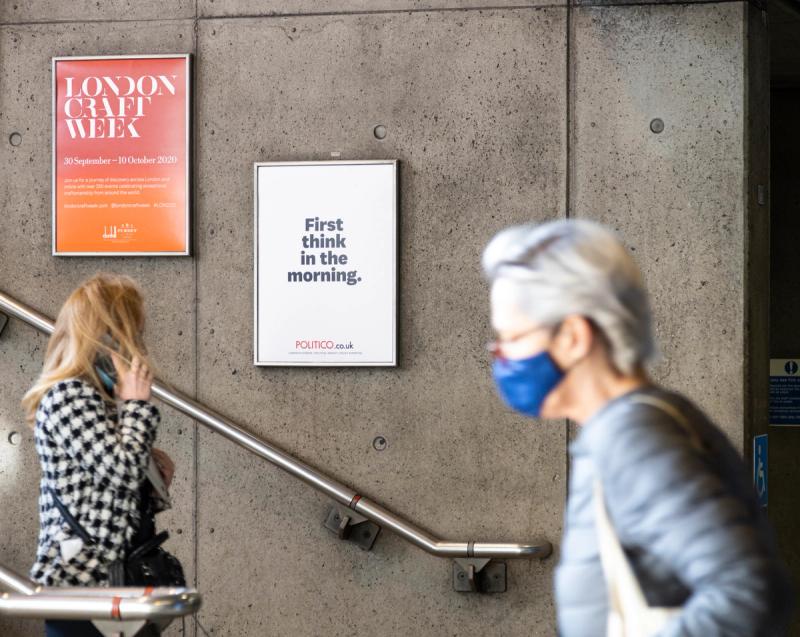
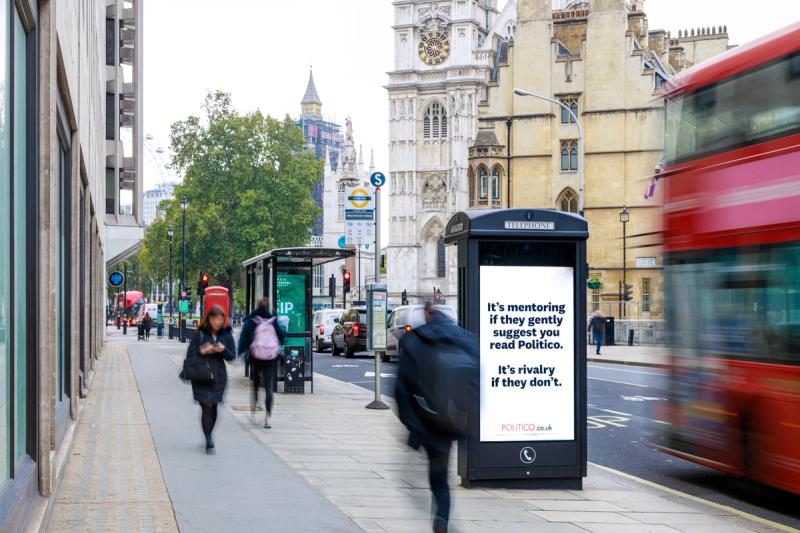
“It’s human nature to retreat when scared, but we’re attracted to those who show personality in moments of fear – and it's kind of the same for brands. For companies to show personality and warmth during this time is vital.”
Thomas Sharp
- CDCreativity is something that can’t accurately be measured. But how important is copywriting for companies, would you say? Can it help them stand out above the noise and even help them hit their sales targets?
TSWell, I mean, in terms of branding, writing is the most important. It’s 60% the words written, 40% the visuals, as far as I'm concerned. What a brand says and how they say it is fundamental to their personality. It absolutely has the power to elevate. And, obviously the product has got to be good – but, even then, the product is competing against so many other similar products. This is why I'm doing what I'm doing, why my main focus is language.
- CDWith the cost of living crisis becoming more and more concerning, how important would you say it is for brands to build trust with their potential consumers?
TSWhen there's a recession, and when money is low, the people that carry on advertising and continue investing always do better. We know this to be the truth. It’s human nature to retreat when we’re scared, but we’re attracted to those who show personality in moments of fear – and it's kind of the same for brands. So, for companies to show personality and warmth during this time is vital. If a brand shows warmth, you're seeing that it doesn't take itself too seriously.
“It’s kind of a symbiotic process, writing and design – it's like two plants growing together and influencing each other. “
Thomas Sharp
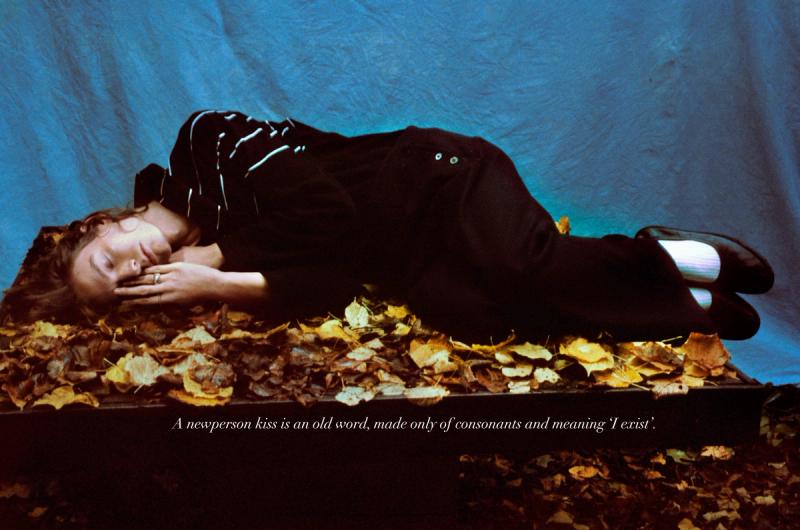

- CDDesign can really draw people in – catching attention and making our words more accessible to more people. Is this something you try to achieve with the work you create?
TSOf course, they come hand-in-hand. When writing, we have to think about how our writing will be read, first of all – so that’s the design, the typography, the setting, the pacing and the platform.
- CDWhat comes first for you when working on a new project? The writing of words or the planning of design?
TSThe writing should come first, in my opinion, because it informs the visual and the personality of the brand. But, then, it isn't a disjointed two-part process, either. When the writing is happening, I'm sharing it with the designers, they're feeding into it and they're shaping it. So, the crossover can be quite blurry. It’s kind of a symbiotic process, writing and design – it's like two plants growing together and influencing each other. Sometimes agencies will come to me with a design already planned out – and the result is never as good, because what you're doing is filling an already created space.
“Poetry is about limitations. It’s about how to create a mood or atmosphere in a very concentrated dose. But that's just similar to what brand work is.”
Thomas Sharp
- CDI suppose being creative with a canvas is not too dissimilar to setting up parameters like rhyming schemes and compact sentences in poetry. Would you say your background in poetry influences the way you plan and design billboards?
TSDefinitely. I'm interested in the visual, I'm interested in language, how it rings on the ear – but also how it looks on the page – and poetry, for me, is an extension of that. Poetry is about limitations, to some extent. It’s about how to create a mood or an atmosphere in a very concentrated dose. But that's just similar to what brand work is. And, although brand work usually has a commercial imperative to it, it's still tapping into something and creating a world in a concentrated way. Writing is all about shared humanity and human experience – which all of us have got, you know? A poet doesn't have a monopoly on that.
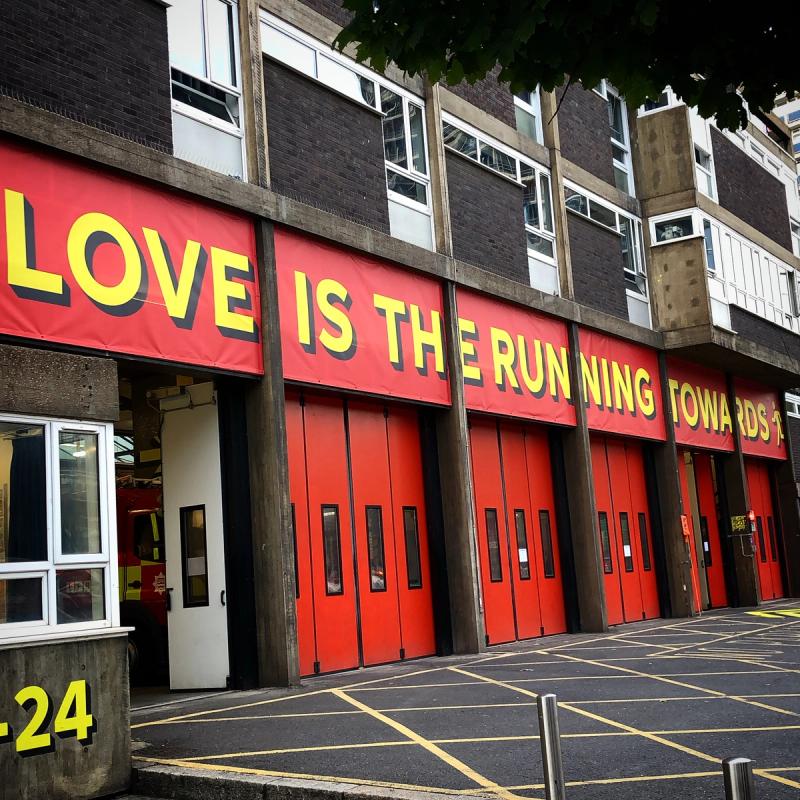

“My greatest interest is exploring how language can change the ways we experience and engage with the world around us.”
Thomas Sharp
- CDI read a few years back that your mission was to create little pieces of culture in everything you do. Is this still a key focus of yours?
TSIt is. Marshall McLuhan, who is mentioned in my British Library piece, said adverts are our culture's cave paintings. And that really stuck with me when I heard it – so, I've always quite liked the idea that we, as a species, surround ourselves with stories and images that tell us what it is to be human. But my greatest interest as a writer is more about exploring how language can change the ways we experience and engage with the world around us. I want to take people on a journey, and that journey might only be a temporary experience, but I want you to be feeling all kinds of emotions and thoughts and ideas, while reading. Your consciousness might not necessarily have changed, but it will have shifted slightly, from start to finish.
